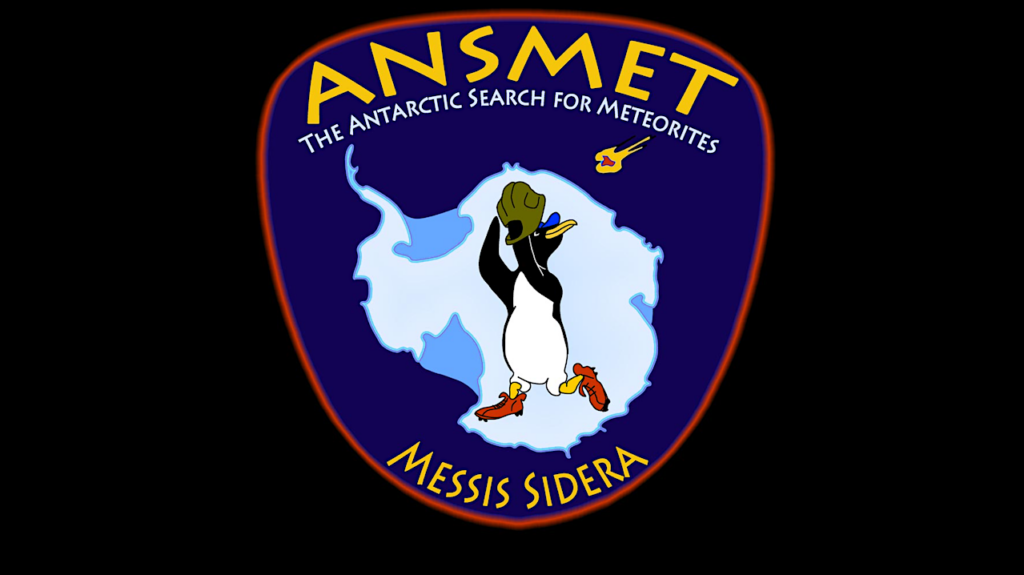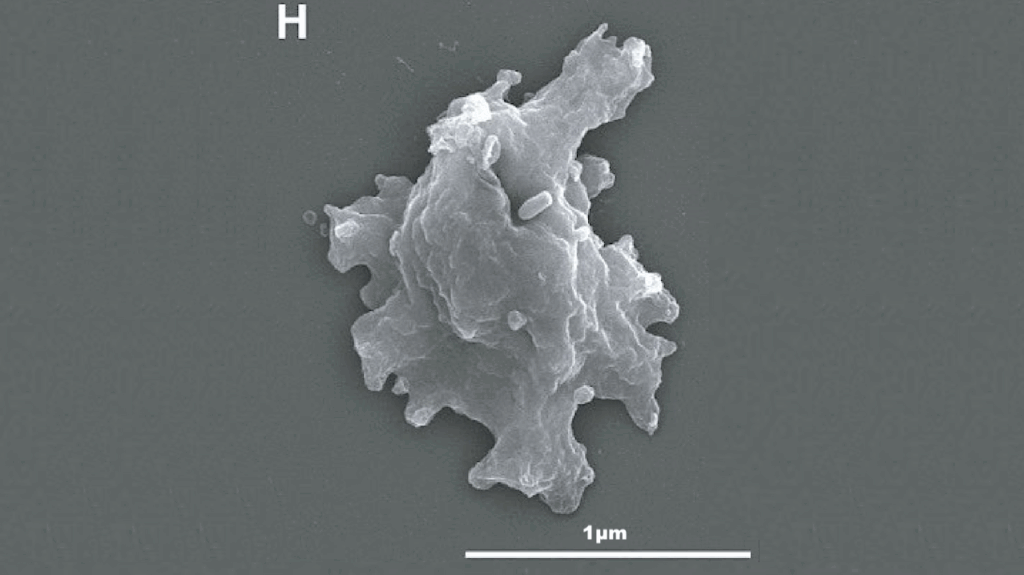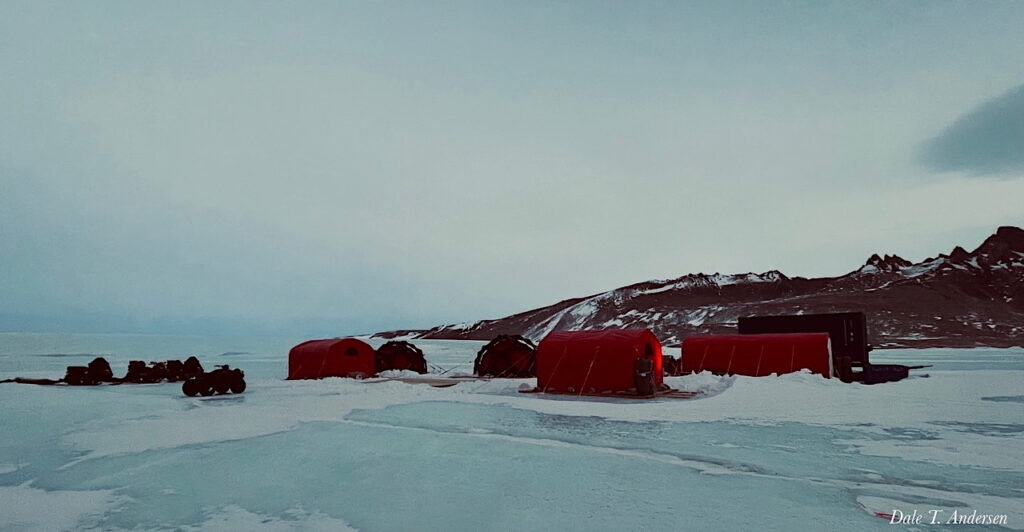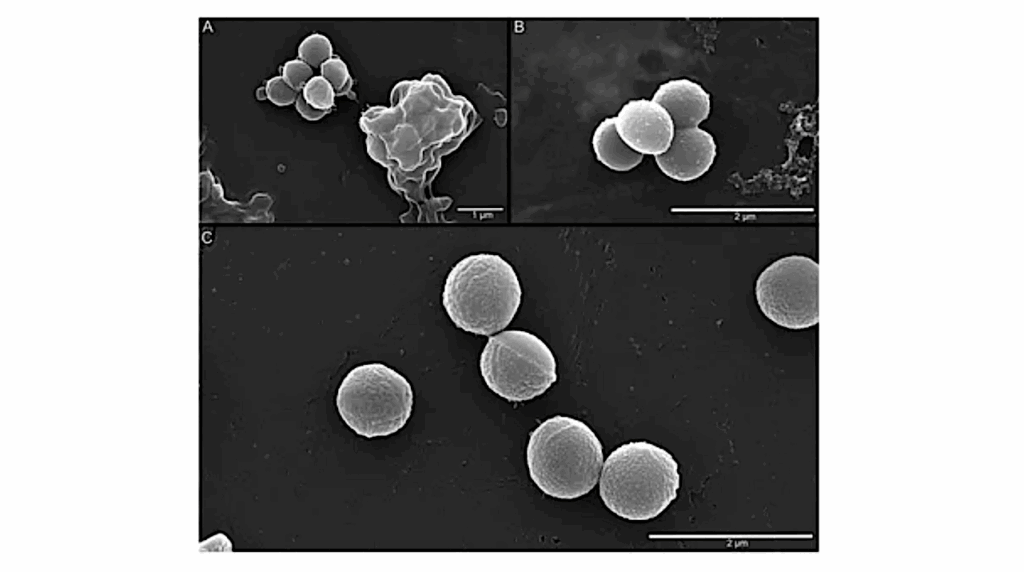Comparing Rover and Helicopter Planetary Mission Architectures
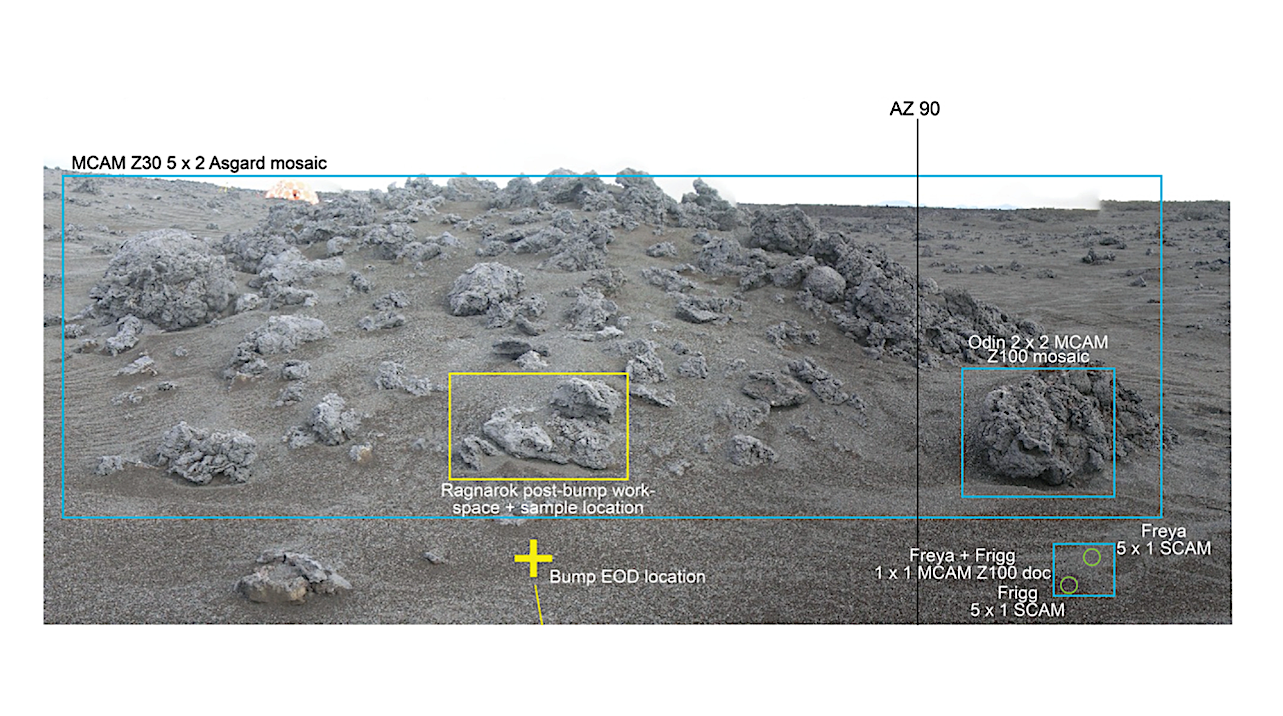
The Rover–Aerial Vehicle Exploration Network project field-tested planetary mission operations within a Mars analog environment in Iceland using stand-alone rover and helicopter architectures.
Mission planning, implementation, and results are reported for the rover mission and briefly summarized for the helicopter mission. The outcomes of both missions are subsequently compared. Field implementation occurred from 2022 July to August at the Holuhraun lava flow. The rover science operations team executed a 14 sol (Martian day) mission that achieved mission, science, and sampling goals, including the contextualization, acquisition, and planned caching of two eolian and two rock samples.

(a) Image showing the Holuhraun lava flow. The black box indicates the location in (b). The image is sourced from Loftmyndir Einkahlutafélag (50 cm pixel–1). (b) Map of the 2022 rover traverse, showing the three mission phases and including remote science waypoints (green circles), sampling locations (yellow circles), and labeled sample names. The base map image is sourced from Scheidt & Hamilton (2019) and resampled to HiRISE resolution (25 cm pixel–1).
The helicopter science operations team executed a plan of comparable length but emphasized different science goals given long-range flight capabilities and landing limitations. The resolution and targetability of the rover payload enabled more detailed analyses, whereas the helicopter was better able to map flow-scale morphologies.
The rover’s exploration was limited by daily mobility duration limits and hazardous terrain, whereas the helicopter’s exploration was constrained by landing site hazards. Resource limitations resulted from lengthier rover drives and data-volume-intensive helicopter imaging surveys.
Future missions using combined rover–helicopter architectures should account for each spacecraft’s resource needs and acknowledge system strengths in different geologic settings. Both missions served to establish operations strategies and mission outcomes to be applied to future combined rover and helicopter mission architectures, while the helicopter mission also evaluated strategies and outcomes for future stand-alone airborne missions.
Findings in this work are relevant to future missions seeking to optimize strategies for planetary mission operations.

Schematic detailing the application of the Mars 2020 planning structure to the 2022 RAVEN rover mission.
Comparing Rover and Helicopter Planetary Mission Architectures in a Mars Analog Setting in Iceland, The Planetary Science Journal (open access)
Astrobiology


